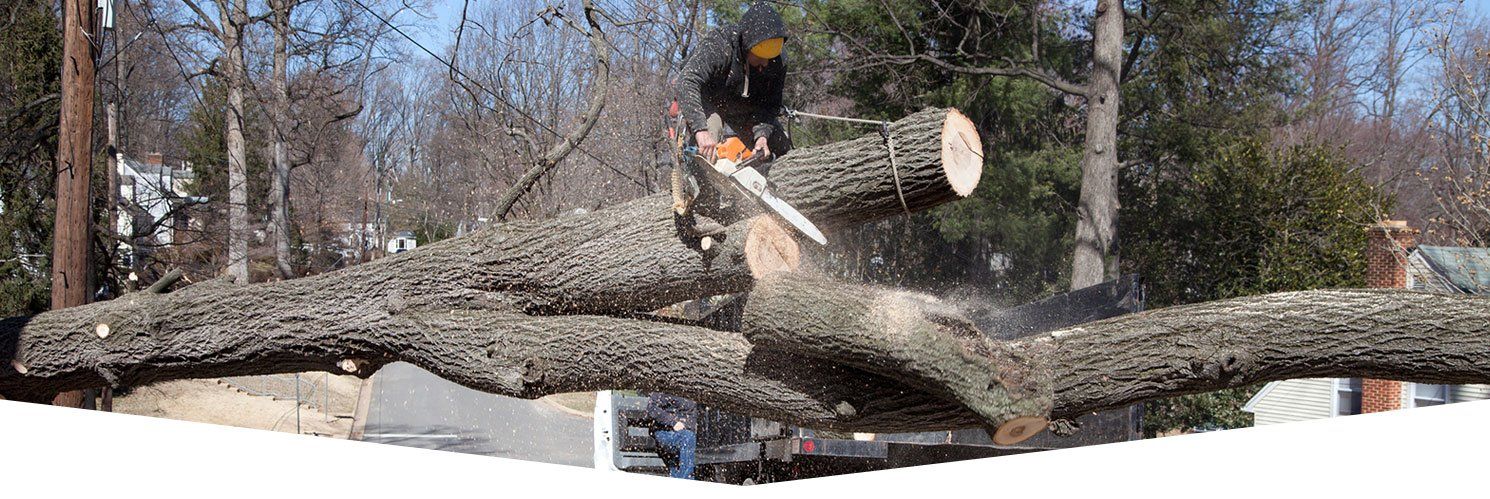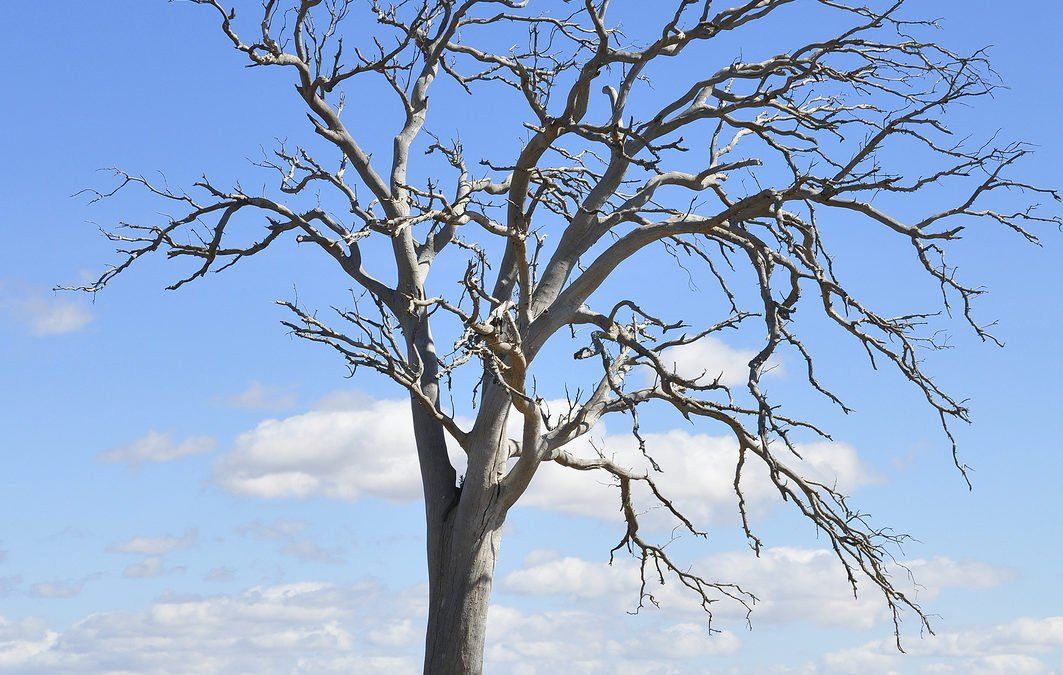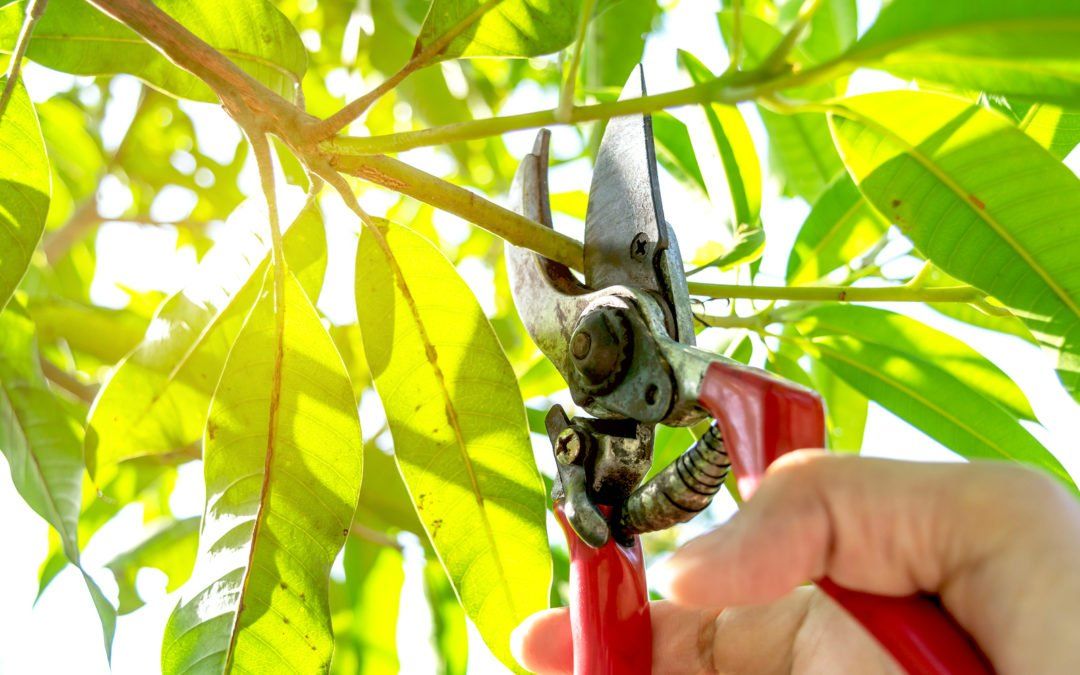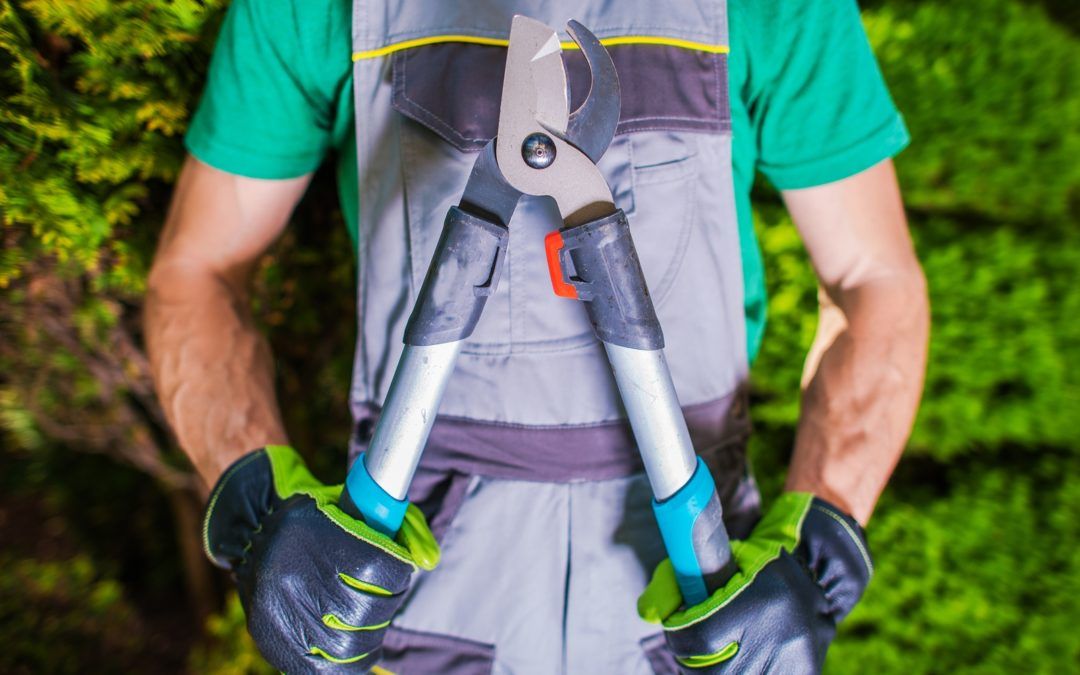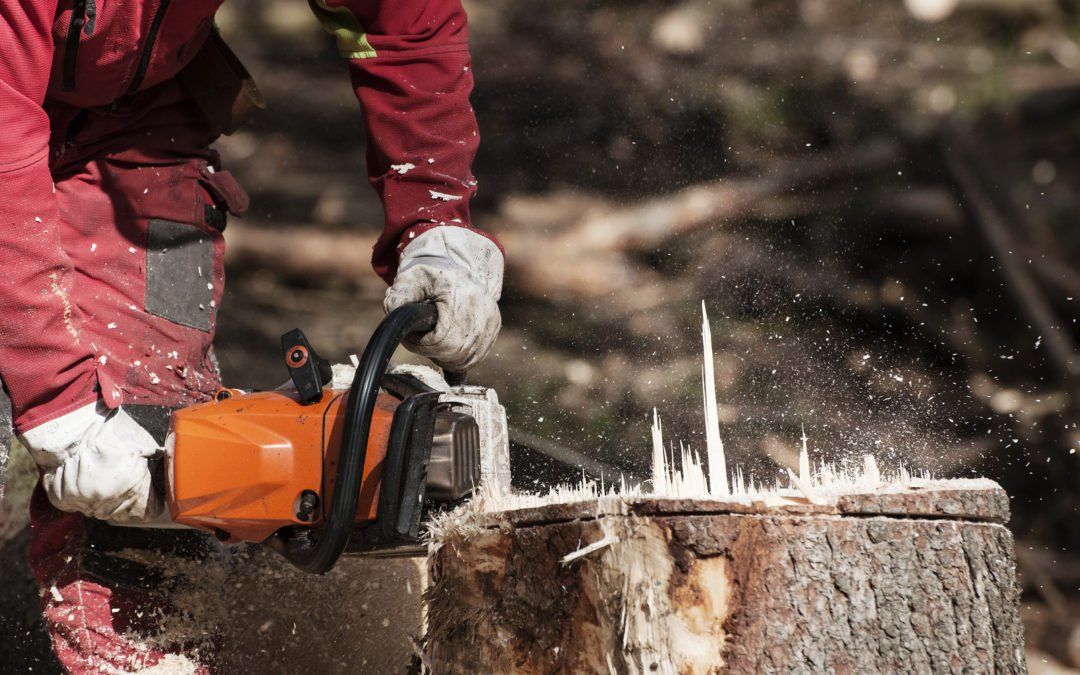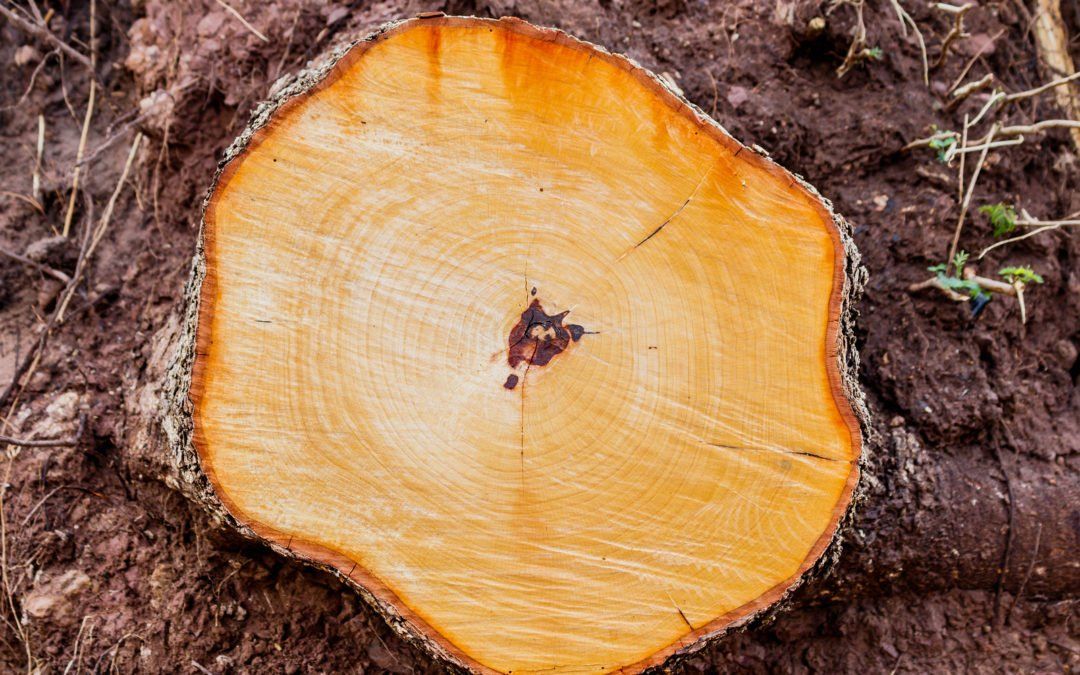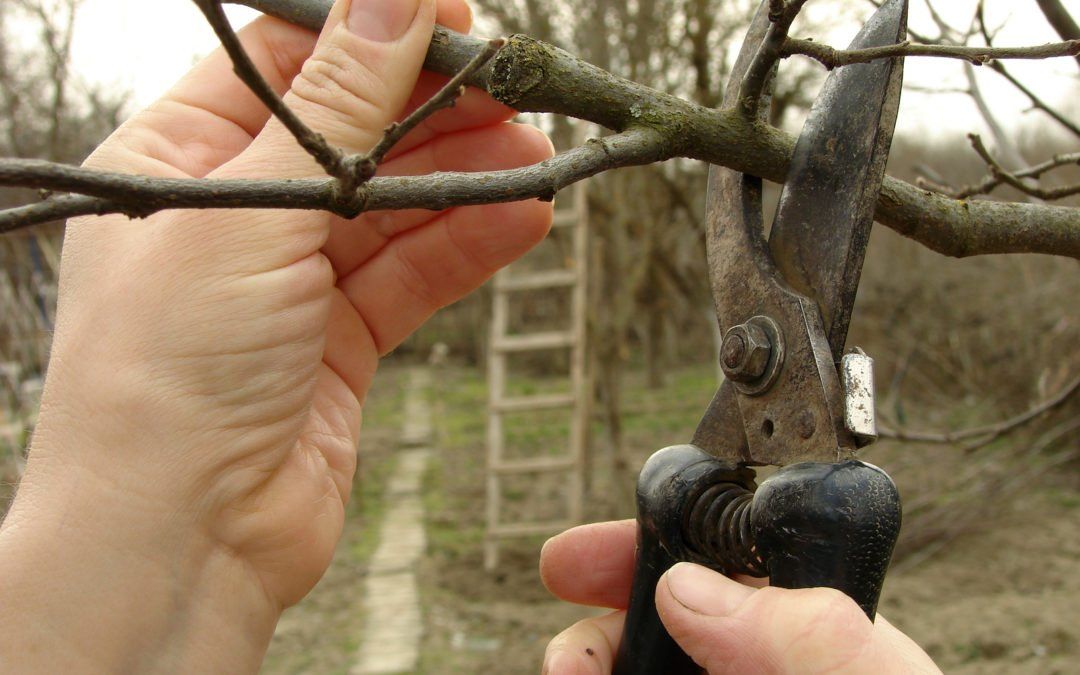How to Not Trim Trees
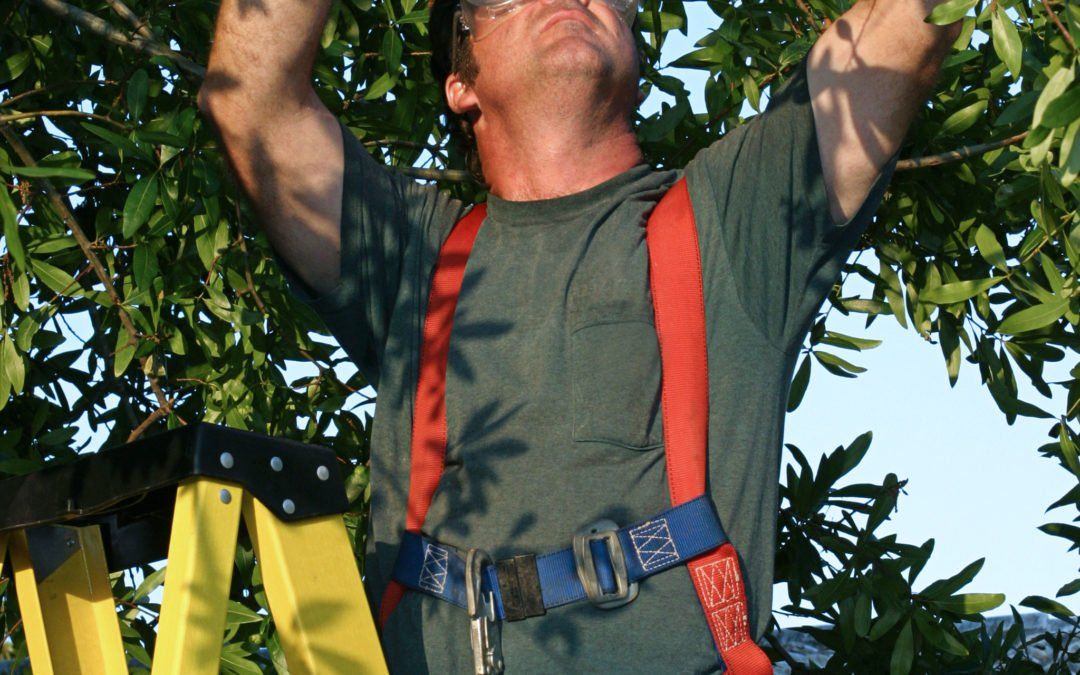
How to Not Trim Trees
There are a right way and a wrong way to do most things in life. When it comes to trimming trees, Raleigh Durham area residents should do a bit of research before doing the job a wrong, and most likely dangerous, way. Henry’s Tree Service can always help you get the job done, but regardless, make sure you are not doing any of the following.
Using dull saws
The sharper the saw, the more dangerous, right? Wrong. Sharp saws can certainly be risky in untrained hands, but saws are meant to be sharp. Dull saws do not cut as smoothly, and because you will be struggling, an accident will be more likely to occur.
Climbing high into a tree without protective harnesses
Safety gear requires some extra steps and time, but if you’ve seen tree care professionals operate, they won’t operate without harnesses. Falling out of a tree is nothing to laugh about. People die or are seriously injured every day by falling many feet to the ground.
Trimming trees alone
One of the biggest mistakes inexperienced tree trimmers make is going out to do the work by themselves. Not only are they alone, but they often don’t even tell anybody! In the result of an accident, this means they are completely on their own. Not good.
Not making sure the ground is clear beneath you
This seems like common sense, but this mistake is made time and again. If there are children or pets playing in the yard, do not trim the trees. If there is a car or structure below, do not trim the trees. Make sure the ground is totally clear of anybody and anything that could be harmed by falling limbs.
Needlessly eliminating large, healthy branches
Sometimes people get carried away when they are trimming their trees. Rather than eliminating small branches, dead limbs and pruning others back to be in line with the rest, they will trim off important branches. This can be done, but it shouldn’t be done lightly. Cutting off too many limbs, especially too many large, vital ones, can greatly weaken the tree’s overall health.
When in doubt, call Henry’s Tree Service and we’ll trim them the right way!
The risks are pretty high when trimming trees the wrong way. Improper tools and techniques can put not only you, but
everyone around you at risk. It can also harm the tree and defeat the entire purpose of giving it some attention. Henry’s Tree Service serves Wake, Durham, Chatham, Johnston and Franklin counties with expert trimming and other tree care. Reach us at (919) 532-9141 to get a proper tree trimming in the Triangle area.
Our Promise
We strive to deliver excellent customer service while expertly meeting all of your tree service needs.
Contact Us
SEND US A MESSAGE:
We will get back to you as soon as possible.
Please try again later.
Map
Serving The Triangle Area, NC
Office Phone: (919) 532-9141
Emergency Phone (Avail. 24/7): (919) 649-8444
treecareexpertraleigh@gmail.com
WEB DESIGN BY LOCALEDGE, ALL RIGHTS RESERVED |SITEMAP

